Antelopes are some of the most elegant and swift animals in the wild. With their long legs, alert ears, and curved horns, they bring beauty and balance to grasslands, forests, and savannas. They are gentle creatures, but also smart and fast—always ready to escape danger.
Scientific Classification
- Kingdom: Animalia
- Phylum:Chordata
- Class: Mammalia
- Order: Artiodactyla
- Family:Bovidae
The term antelope refers to many hoofed animals in the Bovidae family that are not sheep, goats, or cattle. There are over 90 species of antelope around the world.
Common Names
The name “antelope” is common across many countries. Some local names include:
- Eku (Yoruba, Nigeria)
- Mpongo (in some Bantu languages)
- Gazelle(for smaller, fast species)
Some popular types of antelope are:
- Kudu
- Gazelle
- Impala
- Eland
- Springbok
- Waterbuck
Geographic Distribution
Most antelopes live in Africa, but some species are found in Asia and a few in Europe
- African Antelopes: Found in grasslands, woodlands, mountains, and deserts.
- Asian Antelopes:Found in India, the Middle East, and parts of Central Asia.
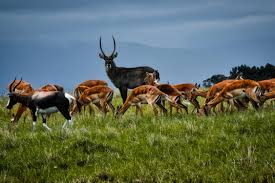
Image showing group of antelopes grazing in an African savanna (Source: Africasafaris)
Major types of Antelope
1. Impala
Impala are slender, reddish-brown antelopes with beautiful curved horns (in males only). They are known for their incredible jumping ability and grace.
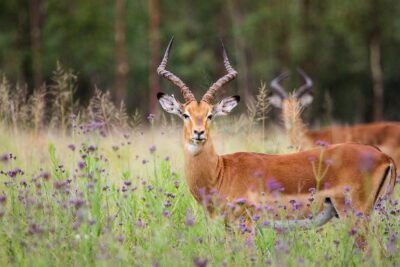
Image showing a male Impala standing in tall grass (Source: World animal foundation)
Key Facts:
- Size: 75–95 cm (shoulder height)
- Speed: Can leap up to 10 meters in distance
- Temperament:Peaceful, social, alert
- Habitat: Woodlands and open grasslands
2. Greater Kudu
Greater Kudus are large antelopes with striking spiral horns and thin white stripes along their bodies.
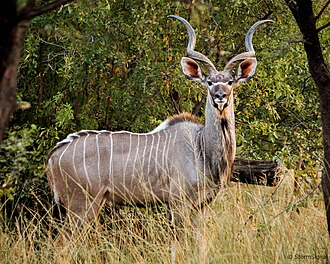
Image showing greater Kudu with spiral horns near a bush (Source: Wikipedia)
Key Facts:
- Size:Can reach 1.5 meters at the shoulder
- Horns:Long and spiral-shaped (only in males)
- Temperament:Shy, quiet, hides in thickets
- Habitat:Wooded savannas
3.Gazelle
Gazelles are small, quick, and beautiful antelopes. They are famous for their speed and alertness.
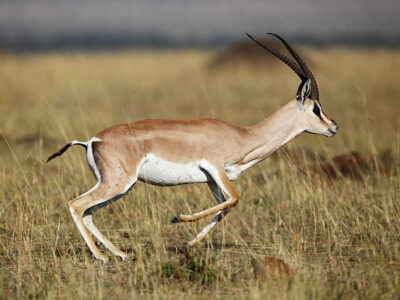
Image showing gazelle running through the grassland (Source: iStock)
Key Facts:
- Size: 50–80 cm at the shoulder
- Speed: Can run over 80 km/h
- Temperament: Very alert and cautious
- Habitat: Plains and dry areas
Physical Characteristics
Antelopes vary in size but often have slender bodies, long legs, and short tails. Most have horns, which can be straight, twisted, or curved, both males and females in some species.
Their colors usually help them blend with their environment, from reddish-brown to grey or even sandy colors. Some have distinct facial markings or white belly patches
Antelope vs Deer
While antelopes and deer may look alike, they are not the same:
- Horns vs Antlers: Antelopes have permanent horns. Deer grow antlers that fall off yearly.
- Family: Antelopes are in the Bovidae family; deer are in Cervidae.
- Habitat: Antelopes are mostly in Africa and Asia; deer are more common in Europe and the Americas.
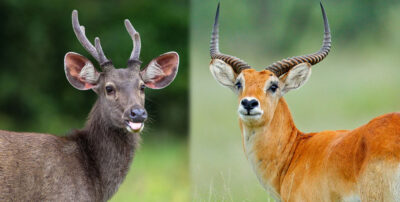
Image showing comparison of antelope and deer in the wild(Source: Restorasi Ekosistem Riau)
Fun Facts
- Some antelopes can run up to 90 km/h to escape predators.
- The Eland, the largest antelope, can weigh over 900 kg
- Antelopes have excellent hearing and eyesight.
- They often form large herds for safety.
- Some species, like the springbok, jump high into the air when excited—this is called “pronking.”
-
Importance to Humans
Antelopes are important in many ways:
- Tourism: They attract wildlife lovers to safaris and parks.
- Culture: Some tribes see antelopes as symbols of beauty and freedom.
- Food & Materials: In some areas, they are hunted for meat, hide, and horns.
- Ecosystem Role:They help maintain healthy grasslands by grazing and spreading seeds.
Sadly, hunting and habitat loss have reduced many wild populations.
Health & Common Issues
In the wild or captivity, antelopes may face:
- Parasites (ticks, worms)
- Foot and Mouth Disease
- Malnutrition (food is scarce)
- Stress or injury (from being chased by predators or humans)
Veterinary Needs:
- Deworming in captivity
- Hoof care in fenced environments
- Disease monitoring, especially during drought or overcrowding
- Injury treatment (especially in wildlife reserves or zoos)
Conservation Status
Some antelope species are doing well, while others are in danger.
- Stable species: Impala, Kudu, and Springbok
- Endangered species: Saiga antelope, Mountain bongo, and Addax
- Threats: Hunting, habitat loss, drought, and conflict with human activities
Conservation efforts include national parks, hunting bans, and breeding programs.
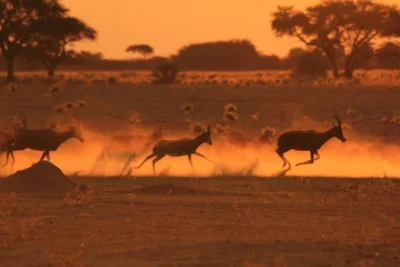
Image showing herd of antelopes running during sunset in the savanna (Source: Everypixel)
Want to learn more or get help for a wild or captive animal?
📞 Contact Doctor Hulk Veterinary Hospital Today @ 08143397614. We’re here for all creatures, great and small.













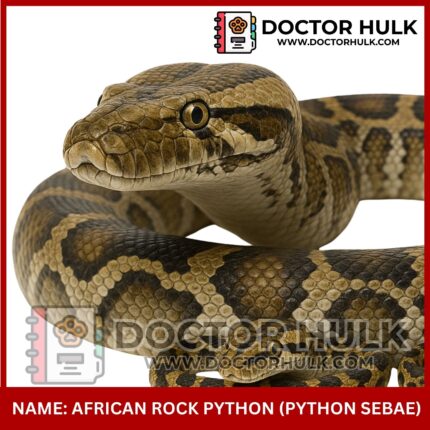

Reviews
There are no reviews yet.